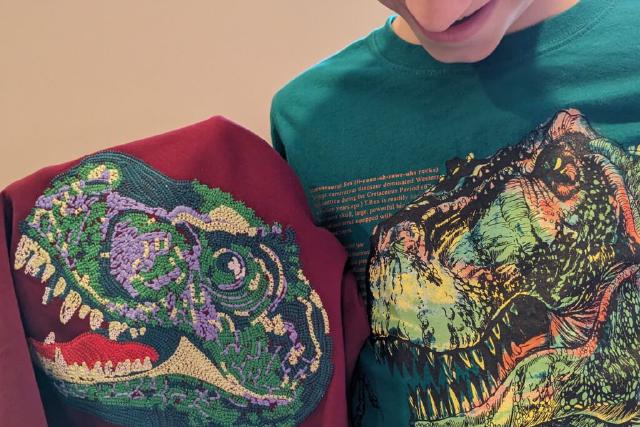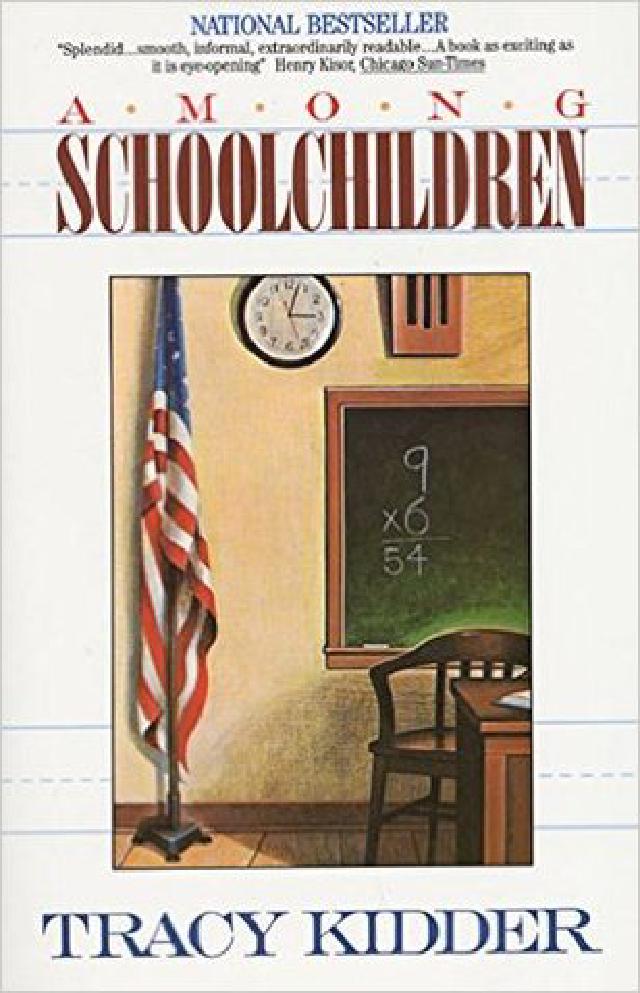AP Self Study
Some homeschooling parents don’t feel qualified to teach AP classes to their students. What can be done by the student on their own?
Here are some ideas to empower the student to own the AP experience.
Start with an Overview Look at the main ideas of the course. What will be the primary topics? What is the structure of the test? What are the essays and multiple choice questions? You can find this information on College Board’s site.
One minute to read

